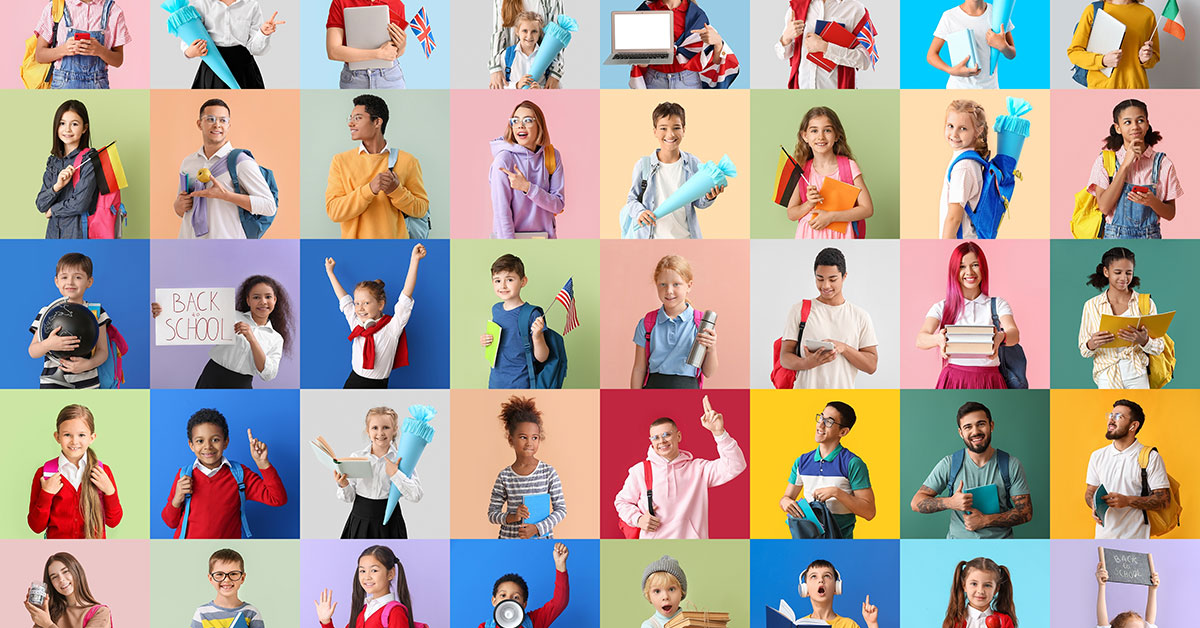This past weekend, after nearly two weeks of intense quarantining, I was finally able to spend time with my family. Given the long period of isolation, it was wonderful to simply sit down, share a meal, and converse together without assistance from Zoom. However, my relief was nothing compared to my little niece and nephews. They practically exploded into the house upon arrival, and filled the day with games, stories, and countless trips to the playground. It was only after supper, when the kids had been subdued by copious amounts of turkey and stuffing, that my sister shared the circumstances of their situation.
The truth was the kids were lonely. Because of COVID-19, their lessons had gone virtual, afterschool activities had been canceled, and they hadn’t seen their friends in weeks. Of course, they understood this was necessary to protect themselves and others from getting sick, but it was still hard. Like so many students, school had been more than a place for them to learn, it had also been a place to make friends and build community. Now, the lack of social connections was starting to affect their schoolwork.
Finding Friends
This has been a difficult year, and we educators should be proud of everything we’ve managed to accomplish. At the same time, we cannot overlook the social-emotional toll these months have taken on our students. Getting them to engage with their learning virtually is important, but so is helping them foster community. Writing for Edutopia, Elizabeth Peterson encourages teachers to set aside time each week for the purpose of helping students build friendships. She writes,
“Now that many classes are remote, the fear is that students will not have the chance to build some of these skills that they traditionally develop in person. Finding ways to translate this type of work online may seem tricky at first, but it’s completely possible and very rewarding.”
Even in a virtual environment, there are ways to create genuine connection between students which can last a lifetime.
Student Strategies
Here are just a few ideas to consider:
- Pen Pals: We’ve mentioned before that writing letters can significantly help a student’s social-emotional growth. Assign your students a pen pal from their class and encourage them to send messages the old-fashioned way. Receiving a physical letter can allow students to connect in a way that email could never imitate. Plus, it’s a great way for them to practice their writing and language skills!
- Trivia Day: Sometimes, simple strategies work the best. Separate your students into teams and have a trivia contest using fun facts. Students are naturally curious and always on the lookout for exciting information. Not only that, but the contest will give them a chance to develop cooperation, communication, and discover shared interests!
- Who’s Your Hero?: Who inspires your students? It can be a superhero, the protagonist of their favorite book, or a real individual who changed the world. Having students share their hero is a great way for them to learn more about their peers. Like fun facts, this activity can help students discover shared interests, but for an additional twist, have them create an artistic rendering of their hero for the class!
- Kind Comments: In her blog for Edutopia, Peterson recommends creating a comment stream to share encouraging notes. Before you set up the comment stream, have students type some appropriate messages. Things like “have a great day”, “have fun”, or “you’re awesome”. Once you think students are ready, start the comment stream and have them write their friendly messages along with some fun background music.
Making Connections
As we continue to make our way through this pandemic, let’s not lose sight of the small things that can make our lessons more engaging. Virtual school can be tough for students, but with a little help, they can still build strong, supportive friendships. After all, if you want them to go fast, have them go alone. If you want to go far, have them go together!
We hope you are all staying healthy and safe during this difficult time. For more free educational resources, or ideas on how to promote healthy Social-Emotional Learning, simply follow this link!

